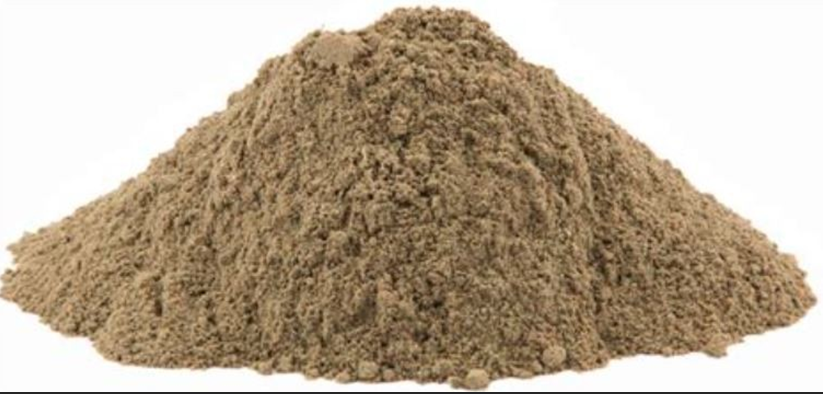Updates
Squawvine: The Natural Solution for Menstrual Cramps
Menstrual cramps, also known as dysmenorrhea, can be a debilitating experience for many women. The pain, which can range from mild to severe, can greatly affect a woman’s daily activities and quality of life. While over-the-counter pain relievers are a common solution, they may not be suitable for everyone and can have side effects. This is where squawvine comes in as a natural alternative for managing menstrual cramps.
Squawvine, also known as Mitchella repens, is a creeping plant native to North America. It has been used for centuries by Native American communities for various health issues, including menstrual cramps. Squawvine contains compounds that have anti-inflammatory, antispasmodic, and analgesic properties, which makes it an effective remedy for menstrual pain.
How does squawvine work for menstrual cramps?
The exact mechanisms by which squawvine provides relief from menstrual cramps are not yet fully understood. However, it is believed that the plant’s anti-inflammatory and antispasmodic properties play a role in reducing the severity of cramps. Squawvine’s antispasmodic properties help to relax the smooth muscles in the uterus, which can help to relieve the cramping and discomfort associated with menstrual pain. Additionally, its anti-inflammatory properties can help to reduce inflammation in the uterus, further reducing the severity of menstrual cramps.
How to use squawvine for menstrual cramps
Squawvine is available in several forms, including tea, tincture, and capsule form. It is important to note that while squawvine is considered safe for most people, it is always best to consult with a healthcare professional before starting any new supplement or herbal remedy.
Squawvine tea: To make a cup of squawvine tea, steep 1 to 2 teaspoons of dried squawvine leaves in hot water for 10 to 15 minutes. Strain the leaves and drink the tea up to three times a day.
Squawvine tincture: Squawvine tincture can be taken orally, typically in doses of 1 to 2 droppers full, up to three times a day.
Squawvine capsules: Squawvine is also available in capsule form, and the recommended dose varies based on the product. It is best to follow the instructions on the product label or consult with a healthcare professional for proper dosing.
In conclusion
Menstrual cramps can be a challenging experience for many women, but squawvine offers a natural solution. Its anti-inflammatory and antispasmodic properties make it an effective remedy for menstrual pain, and it is available in several forms, including tea, tincture, and capsule. However, it is important to note that while squawvine is considered safe for most people, it is always best to consult with a healthcare professional before starting any new supplement or herbal remedy. Try incorporating squawvine into your routine during your next menstrual cycle, and see if it can help to provide relief from your cramps.



















